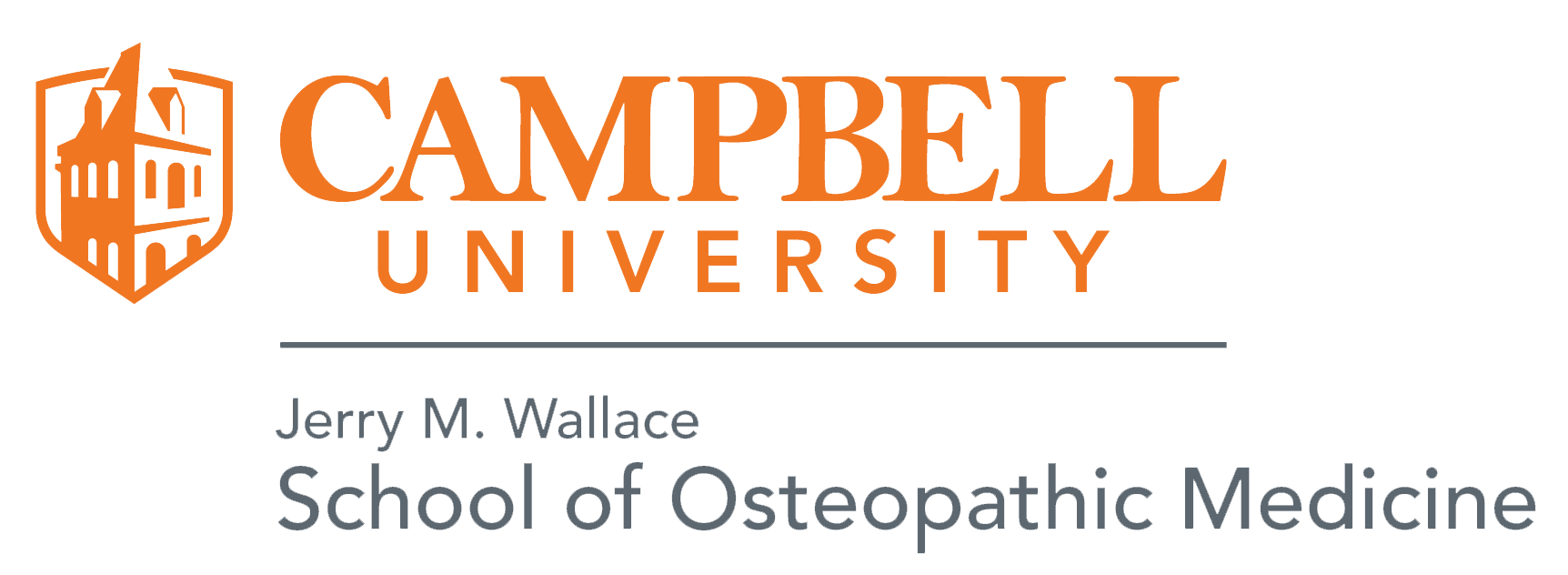Target Audience
This activity has been designed to meet the educational needs of physicians.
Learning Objectives
At the conclusion of this activity, the learner will be better able to:
- Describe the causes of airborne infections.
- Review how airborne diseases are commonly spread.
- Explain techniques to minimize the spread of airborne diseases.
- Outline the importance of collaboration and coordination among the interprofessional team can enhance patient care by maintaining airborne precautions which will improve patient outcomes for patients.
Disclosures
The Campbell University Jerry M. Wallace School of Osteopathic Medicine (CUSOM) requires instructors, planners, managers, and other individuals who are in a position to control the content of this activity to disclose any real or apparent conflict of interest they or their immediate family may have as related to the content of this activity. All identified conflicts of interest are thoroughly vetted by CUSOM for resolution, to ensure fair balance, scientific objectivity of studies mentioned in the materials or used as the basis for content, and appropriateness of patient care recommendations.
CUSOM will identify, review, and resolve all conflicts of interest that faculty, authors, activity directors, planners, managers, peer reviewers, or relevant staff disclose prior to an educational activity being delivered to learners. Disclosure of a relationship is not intended to suggest or condone bias in any presentation but is made to provide participants with information that might be of potential importance to their evaluation of a presentation. Disclosure information for authors, editors, planners, peer reviewers, and/or relevant staff is provided with this activity.
- Authors: Binish Ather, Taaha M. Mirza
- Editors: Peter F. Edemekong
- Editor-in-Chief: Ellis H. Tobin
- Nurse Reviewer: Sandra Coleman
- Pharmacy Reviewer: Mark V. Pellegrini
Continuing Education Accreditation Information

The Campbell University Jerry M. Wallace School of Osteopathic Medicine (CUSOM) is accredited by the American Osteopathic Association to provide osteopathic continuing medical education for physicians. CUSOM designates this enduring material for a maximum of 1.00 AOA Category 1 B Credits and will report CME credits commensurate with the extent of the physician's participation in the activity.
Cancellation Policy: Cancellations must be received in writing and a money back guarantee is provided if not completely satisfied.
- StatPearls and CUSOM reserve the right to cancel any course due to unforeseen circumstances. StatPearls and CUSOM will not be responsible for other expenses incurred by the participant in the unlikely event that the program is canceled.
Equal Opportunity
- StatPearls and CUSOM are Equal Opportunity / Affirmative Action / Equal Access Institutions.
Medium or Media Used:
- Computer Requirements: Internet Access
- E-mail Address
Instructions for Credit
- Register for the activity and create a StatPearls login.
- Review the required accreditation information: Target audience, learning objectives and disclosure information.
- Complete the entire self-study activity.
- Complete the post-test assessments.
- Successfully pass the post-test with a minimum score of 100%.
- Complete the evaluation form.
- Obtain a certificate.
StatPearls and CUSOM adheres to AOA Standards regarding commercial support of continuing medical education. It is the policy of StatPearls and Campbell that the faculty and planning committee disclose real or apparent conflicts of interest relating to the topics of this educational activity, that relevant conflict(s) of interest are resolved and also that authors and editors will disclose any unlabeled/unapproved use of drug(s) or device(s) during their presentation. Detailed disclosure will be made prior to starting the activity.
The information provided at this CME/CE activity is for continuing education purposes only and is not meant to substitute for the independent medical/clinical judgment of a healthcare provider relative to diagnostic and treatment options of a specific patient’s medical condition.
- If you have content or system concerns, please contact support@statpearls.com
- If you have activity or credit concerns, please contact guy@campbell.edu, or call 910-893-7960.
This course is intended for osteopathic physicians who wish to earn AOA CME credit. Take this version of the course to ensure you receive appropriate credit.


